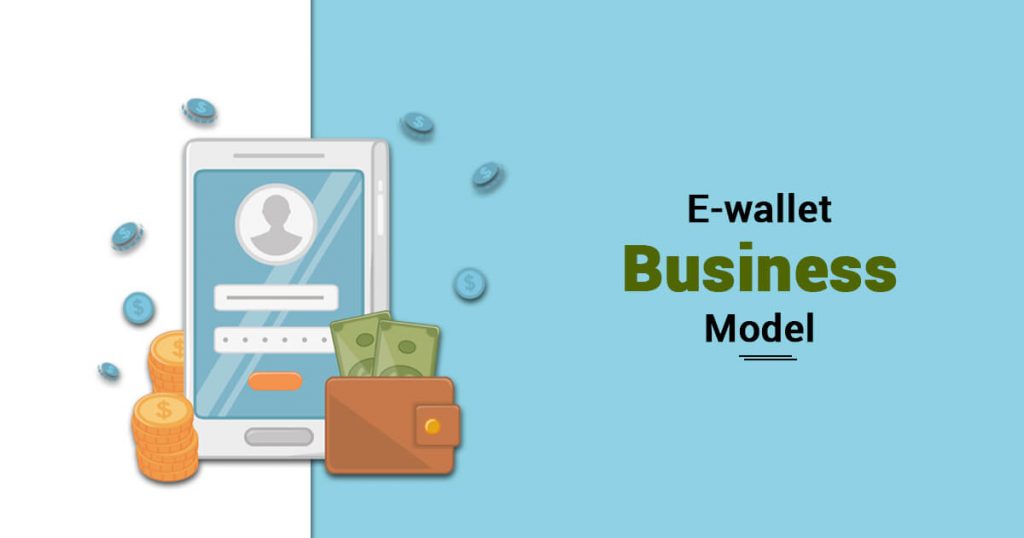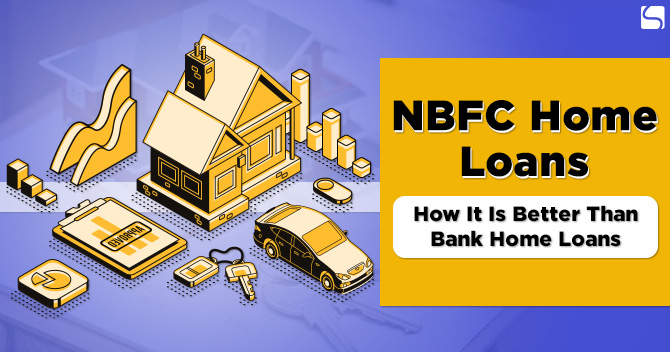The Ultimate Guide to E-wallet Business Model

Dashmeet Kaur | Updated: Nov 18, 2019 | Category: Prepaid Wallet, RBI Advisory
The new-age technology has channelized our Country for a better today and tomorrow. An excellent upshot of advanced technology is E-wallet or digital wallet, which has transformed the realm of payment altogether. It is a perfect invention that fits well with the needs of the conventional world. E-wallets business models have given a sudden boost to the E-commerce industry or traders in general. It has also triggered a hike in online- transactions. People find digital wallets as a more convenient payment mechanism as they don’t have to carry cash in their pocket every time they leave the house. So let’s determine every aspect of e-wallet business model from its benefits to how it works.
Table of Contents
What is an E-wallet Business Model?
As the name suggests, e-wallet is an electronic version of the traditional wallet, through which one can make payments. When a person uses a digital wallet on his smartphone, then it is refer to as a mobile wallet. Since India has turned into a cashless economy, it compels the Government to promote such electronic platforms earnestly. Presently, e-wallets sustain a good position in the market as the Government-backed digital payment applications like the Unified Payments Interface (UPI) payments app, or BHIM App[1] underpins them.
Browse through our articles on services provided at Swarit Advisors, and just let us know if we can help you with your NBFC registration or NBFC for Sale or RBI Advisory Services.
Functions of the Digital Wallet
Here are the fundamental services that every e-wallet provides:
- Stores Information of Debit and Credit Card: Every digital wallet can store information of credit and debit card of users. By using the card’s information e-wallets such as Google Pay enables an option of direct payment from the card while others like PayPal, withdraw funds from a stored credit or debit card and pays through the system only.
- Peer to Peer (P2P) Transactions: E-wallet business model provides a user-friendly experience wherein, a user can transfer funds to another user. The payments via digital wallets are usually in small amounts which get used for rent, utility bill, mobile recharge etc.
- Safe & Secure: Digital modes of transactions are much more secure that keeps user’s personal information safe. Electronica wallets protect all the data of credit and debit cards with password or biometrics. Further, the data gets encrypted in many ways.
- Coupons & Loyalty Cards: Several digital wallets hold coupons or loyalty card to give an appropriate credit or discount to customers for using a specific card for shopping at a particular store. Some of the reputed wallets, namely, Apple Pay and Samsung pay hold loyalty cards and loyalty cards for users.
Types of E-wallet Business Model
Digital or e-wallets are total saviours at times of shopping or making payment of goods and services. Whereas, the scope of e-wallet usage depends on the type of wallet. To avail, the benefits of the e-wallet business model one must acquaint its types and their operations. The Reserve Bank of India has categorized e-wallets into three types which are:
- Closed Wallet: Many established e-commerce websites like Makemytrip, Flipkart or Bookmyshow avails an option of closed walletsto their users. The customer gets the leverage to utilise the stored money in their closed wallets to transact it with other companies who also issue closed wallets. The Closed wallets are online accounts in which the money gets credited if there is a refund because of cancellation or return of any service or product. Besides, the companies also earn interest on the deposits in the closed wallet. A Closed wallet is an excellent device to win the customer’s trust by rendering rewards on cashback. Also, know what type of Licences required to start an E-commerce business in India.
- Semi-Closed Wallet: The semi-closed wallets is the best gateway to transfer virtual funds to another user of the same wallet network. Semi-closed wallet also facilitates users to transform a particular amount of wallet balance to their bank account. Such wallets are very popular in India as they have made online shopping much simpler with a high level of security in payments. Another reason behind the massive popularity of semi-closed wallet the availability of swift transactions and uninterrupted refunds. If you want to start a semi-closed wallet business, then it’s essential to get approval from RBI. Semi-closed wallets help to make online and offline transactions such as:
- Purchase of goods and services
- Financial services
- Payment of fees & premiums to merchants who have sealed a special contract with the issuer to receive the payment instruments.
Since the non-banking agencies handle the operations of semi-closed wallet, any bank and non-banking financial agency cannot issue these wallets. It requires a person to deposit the money in an escrow account along with a partner bank. Further, the interest on such deposits depends on the agreement amid the payment company and the bank.
- Open Wallet: Lastly, the third type of e-wallet business model is an open wallet. An open wallet is only issuable by the banks or entities in partnership with banks. It helps to perform all the transactions of semi-closed wallets along with the withdrawal of cash at ATMs or banks and transfer funds. Some newly formed open wallets in India are Pay Zapp by HDFC Bank, M-Pesa by Vodafone and ICIC.
Final Thoughts
Read, Also: Procedure for Prepaid Wallet License in India.














